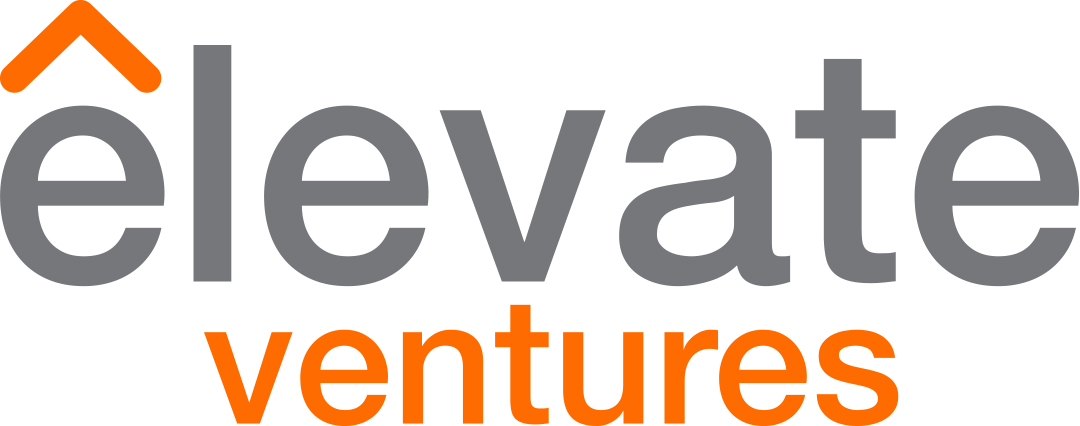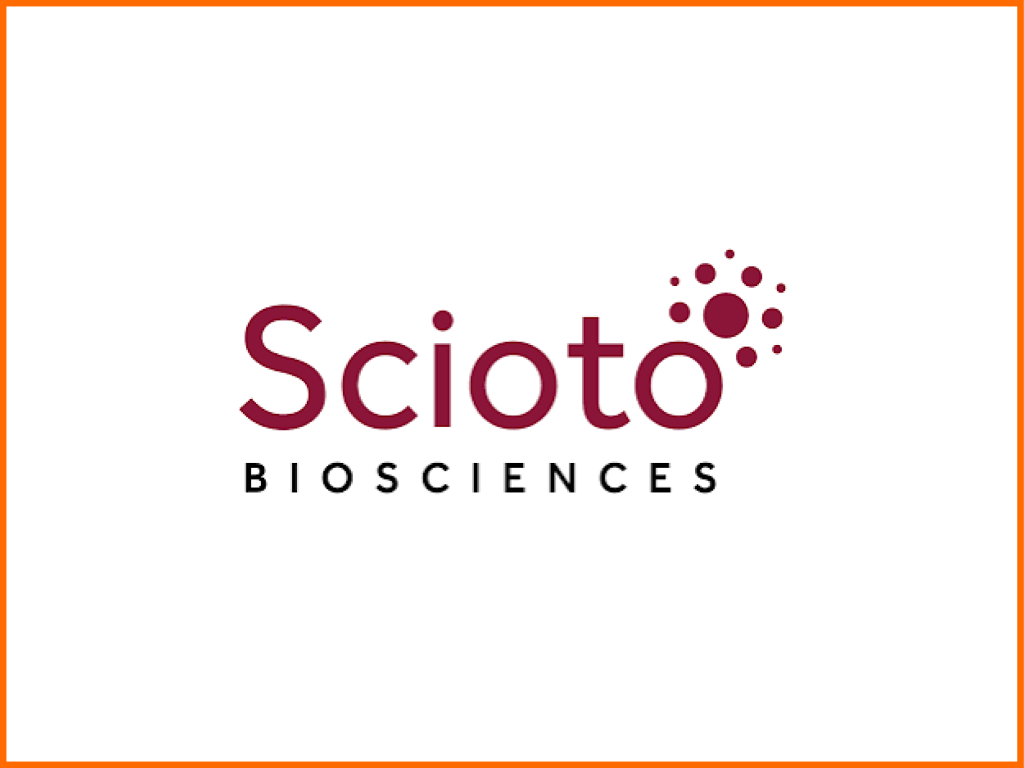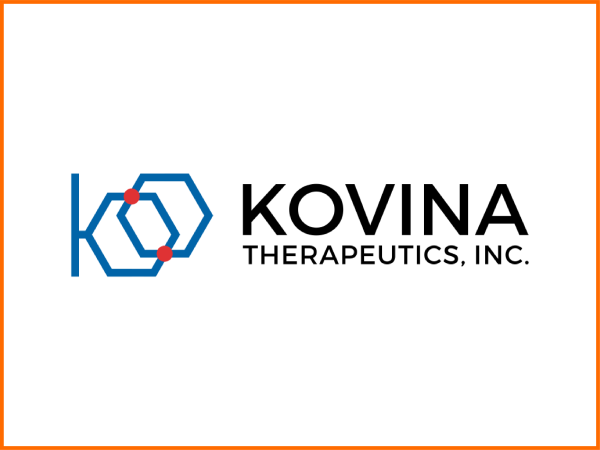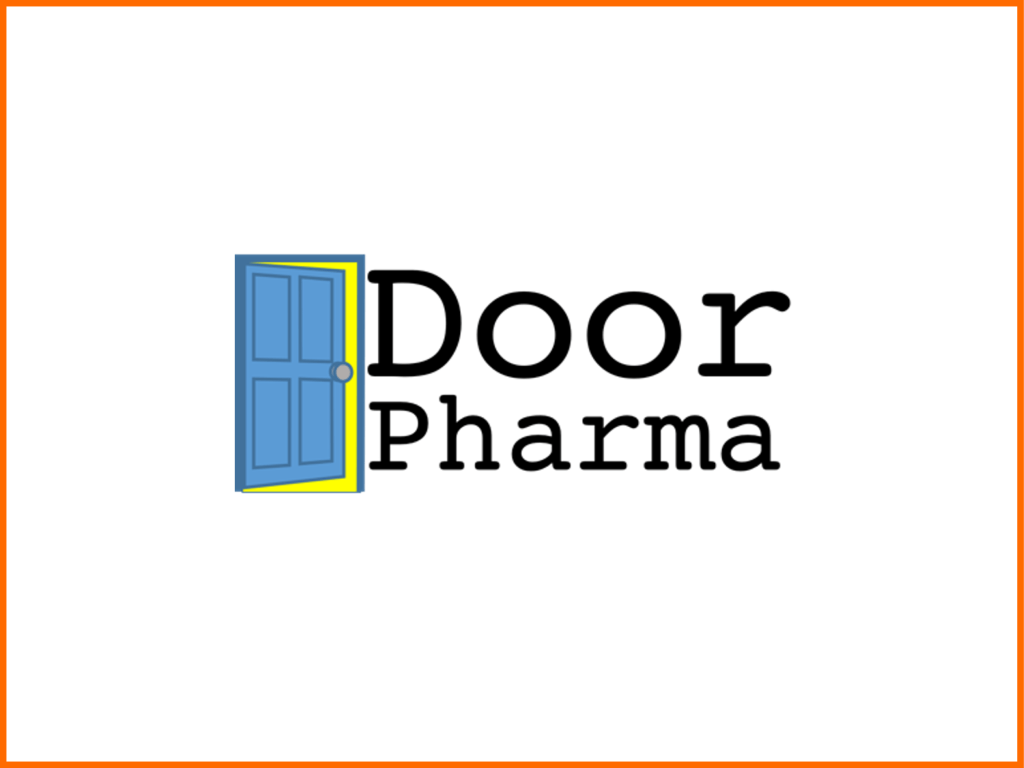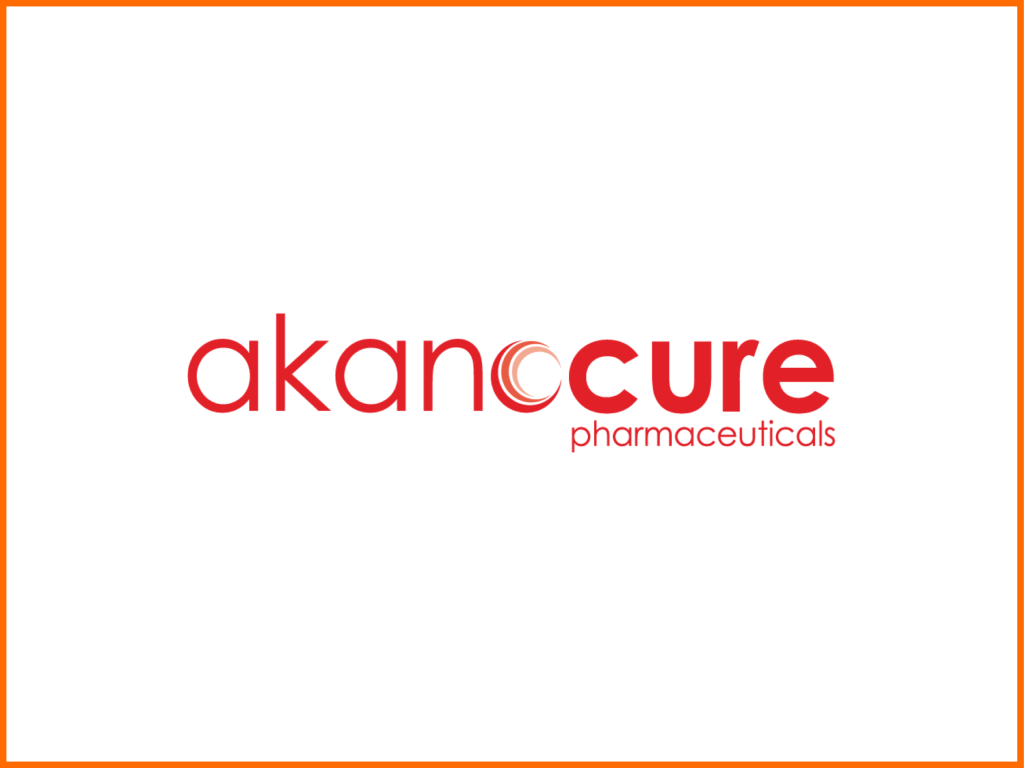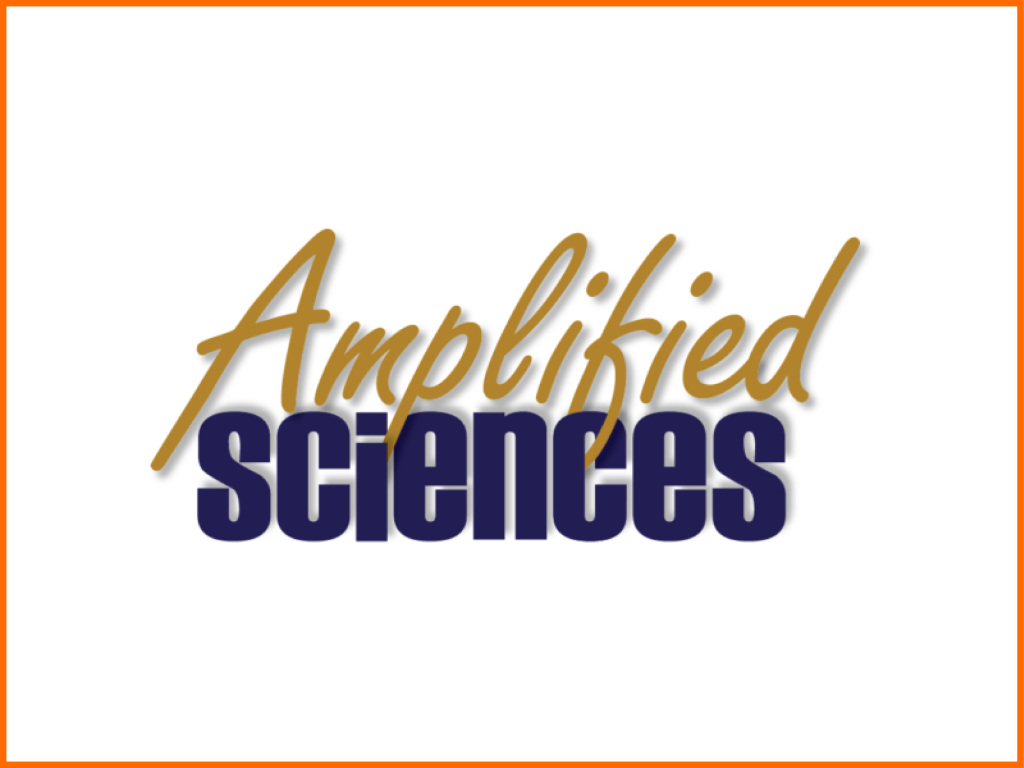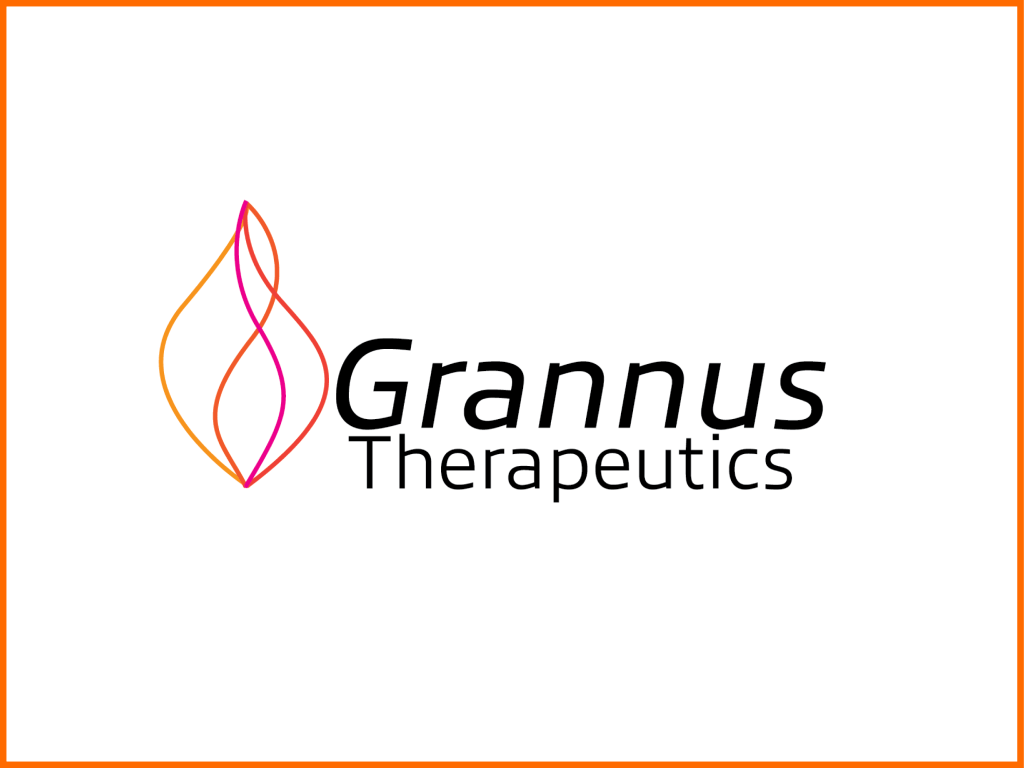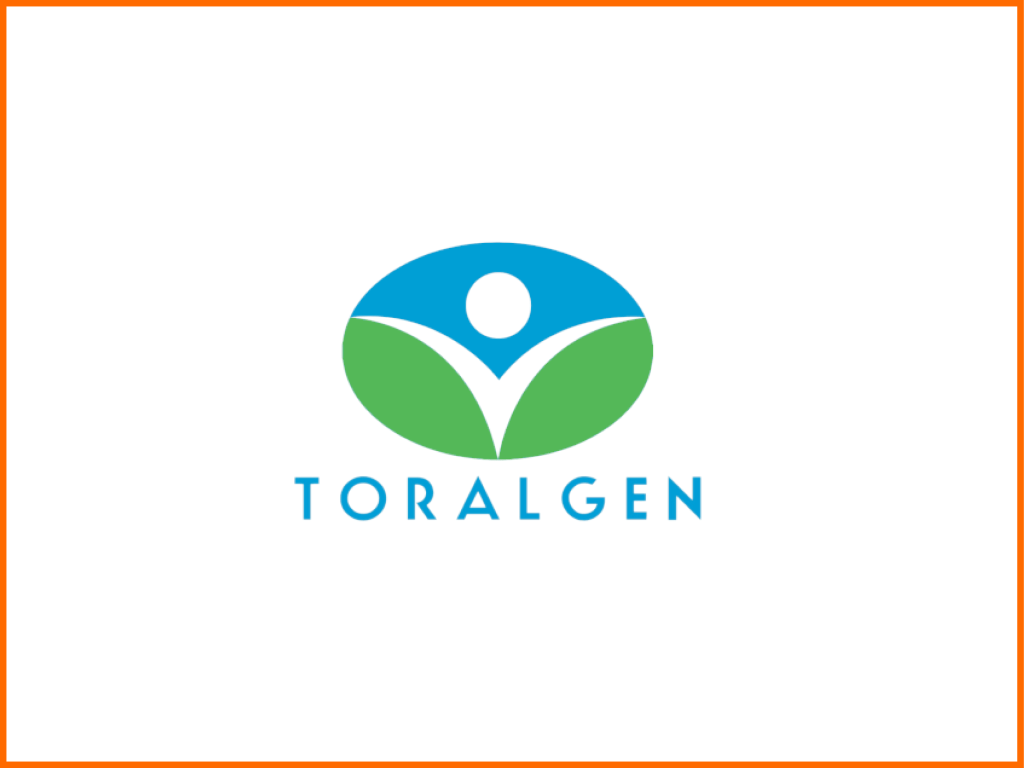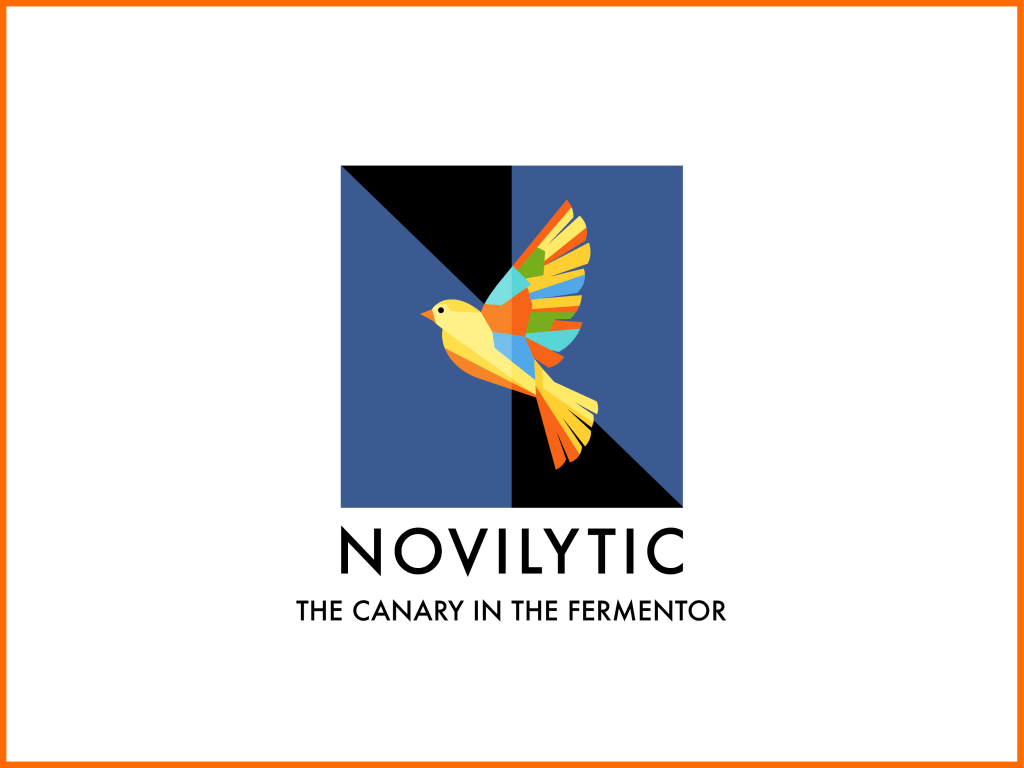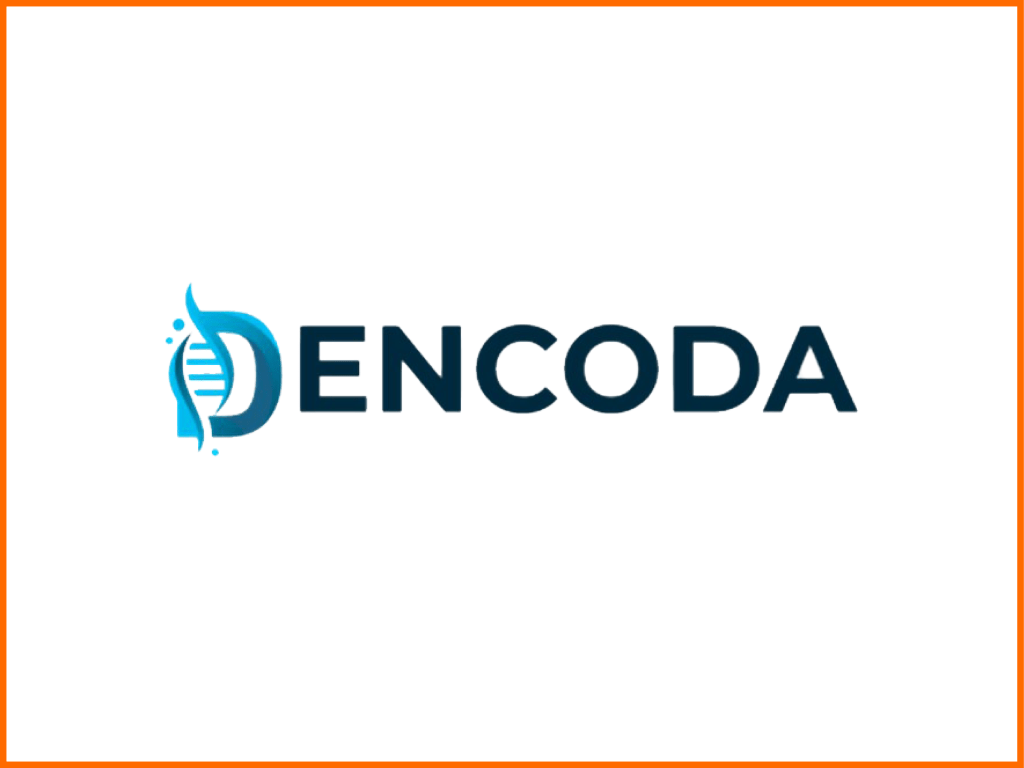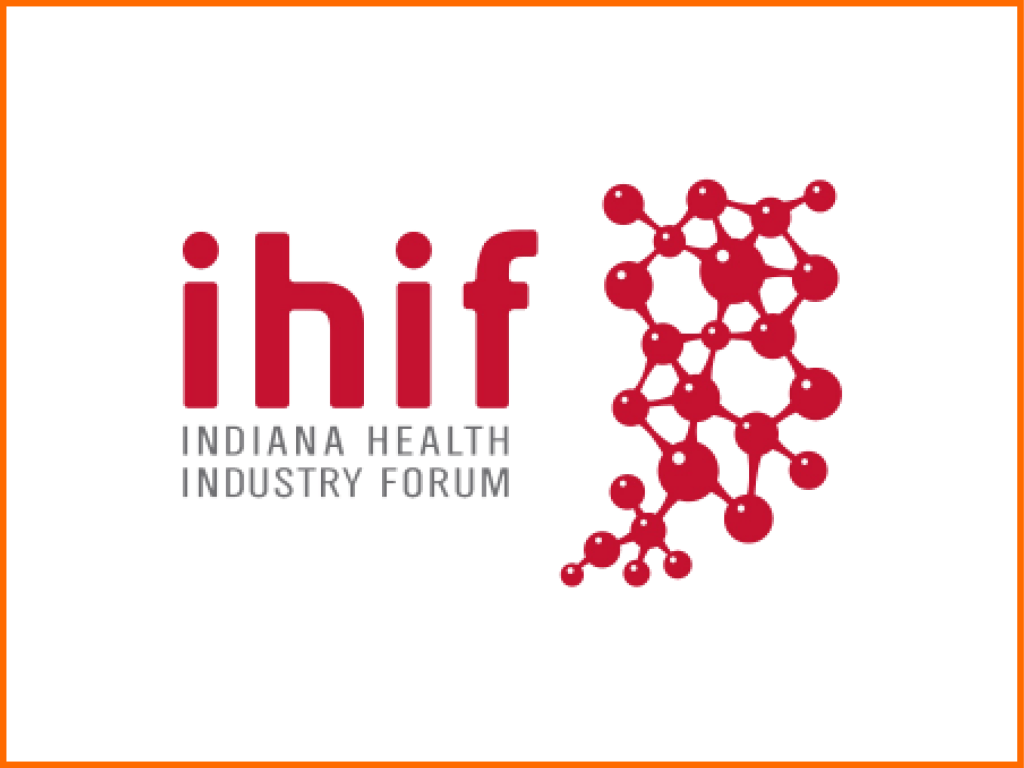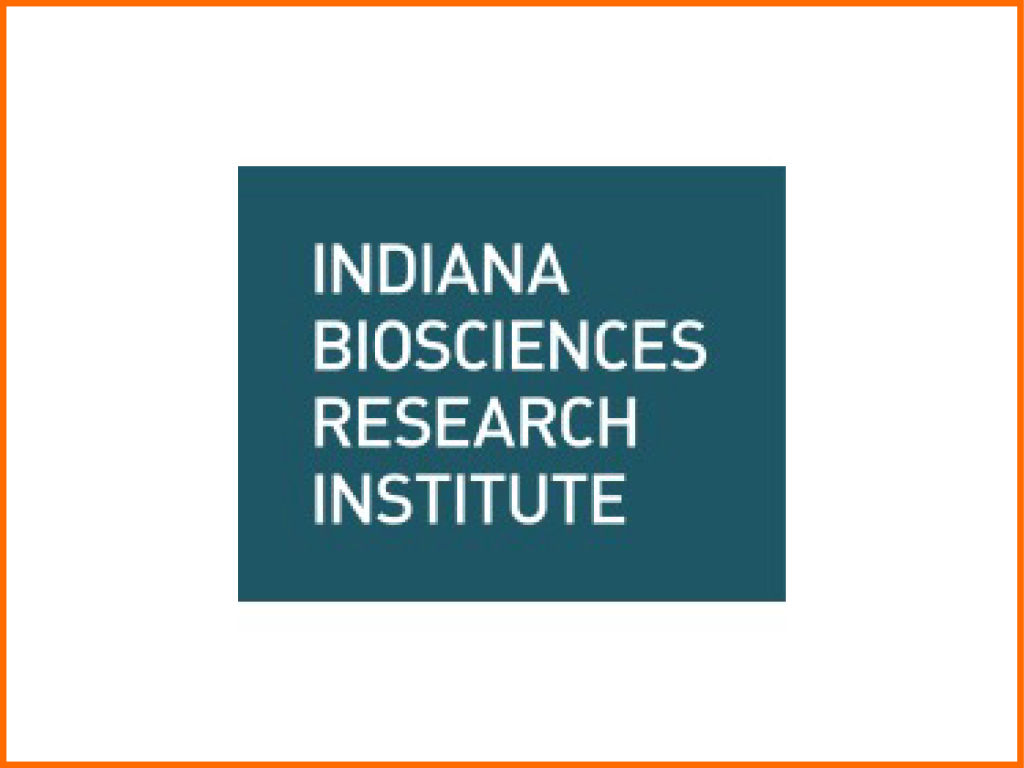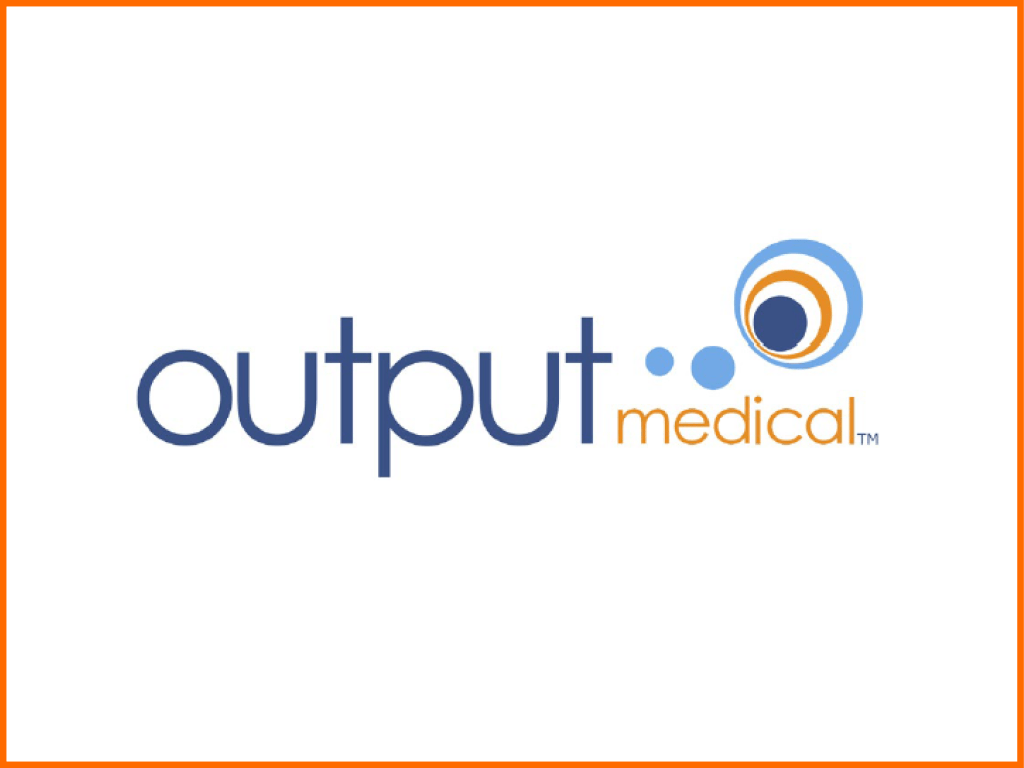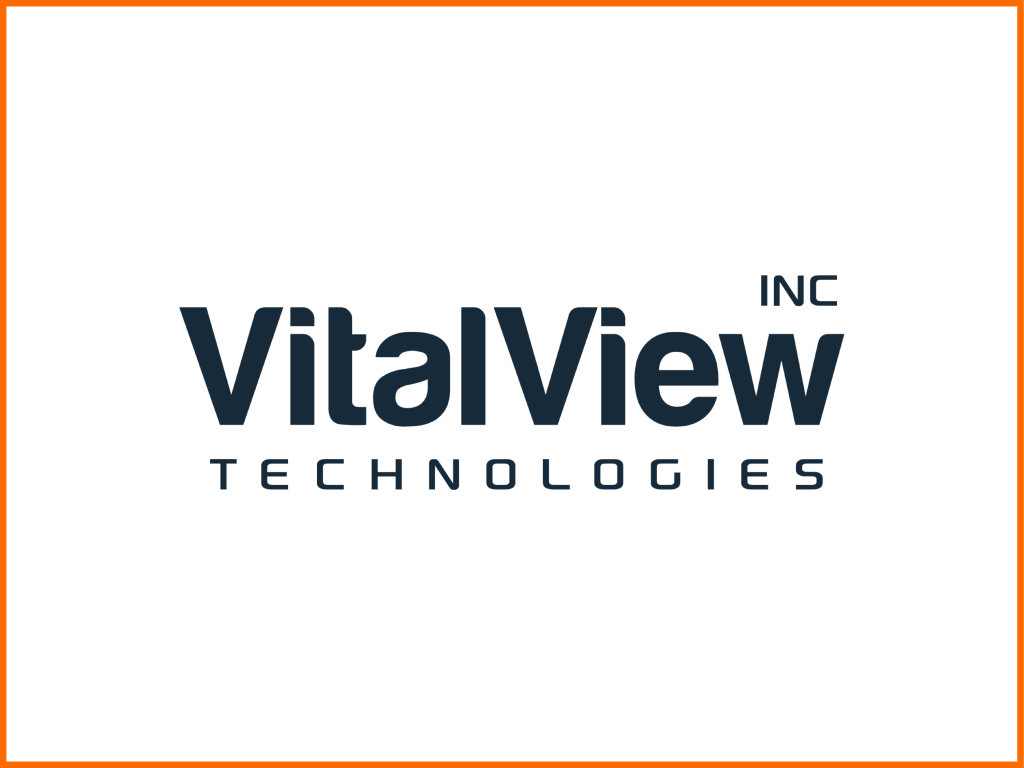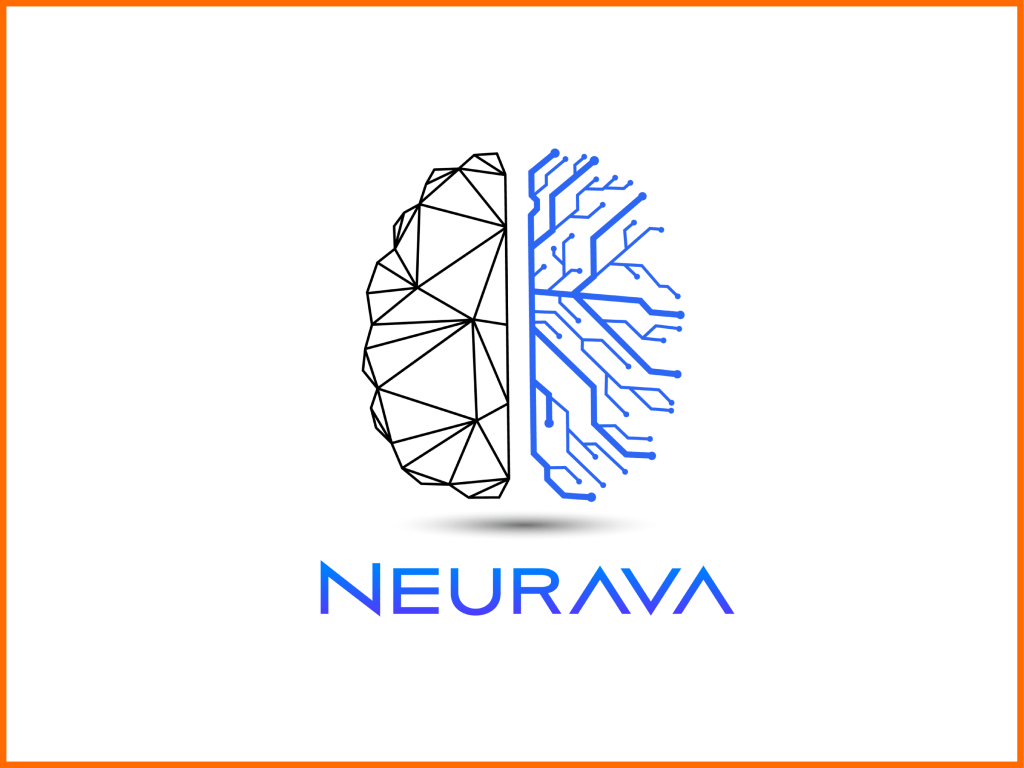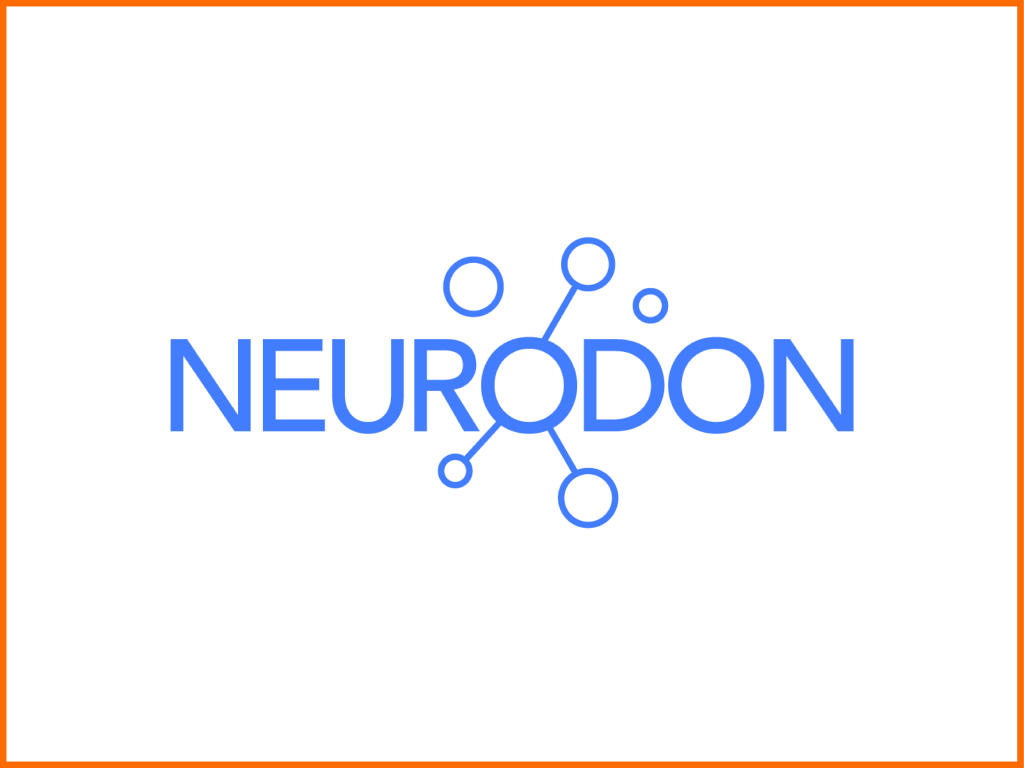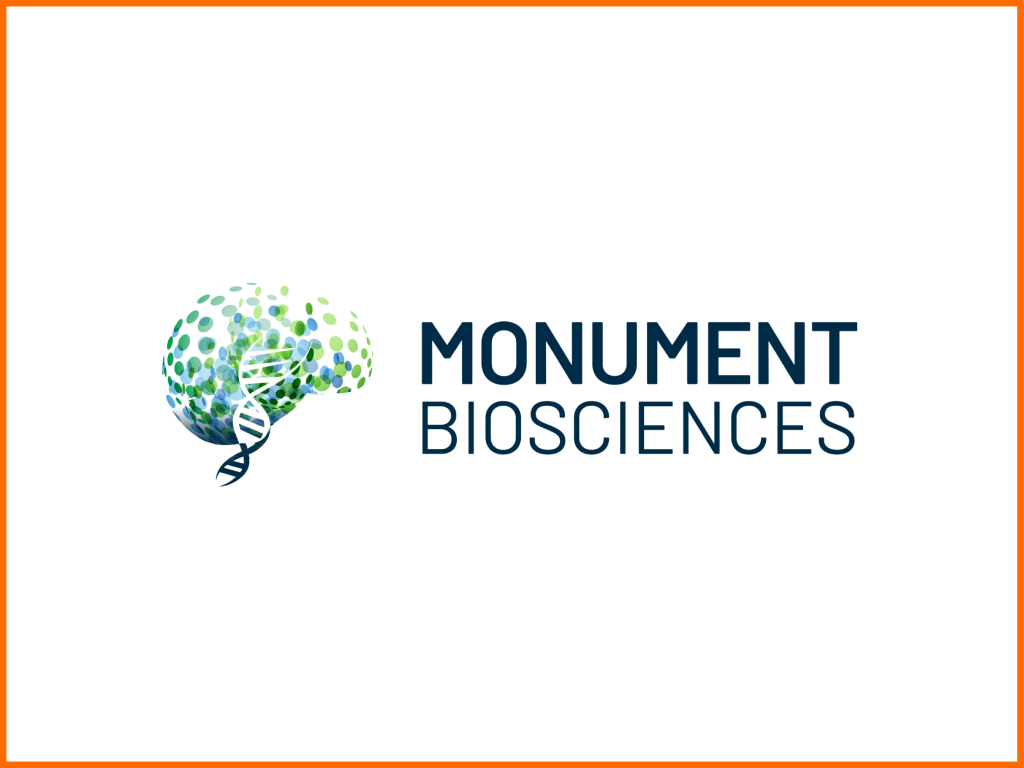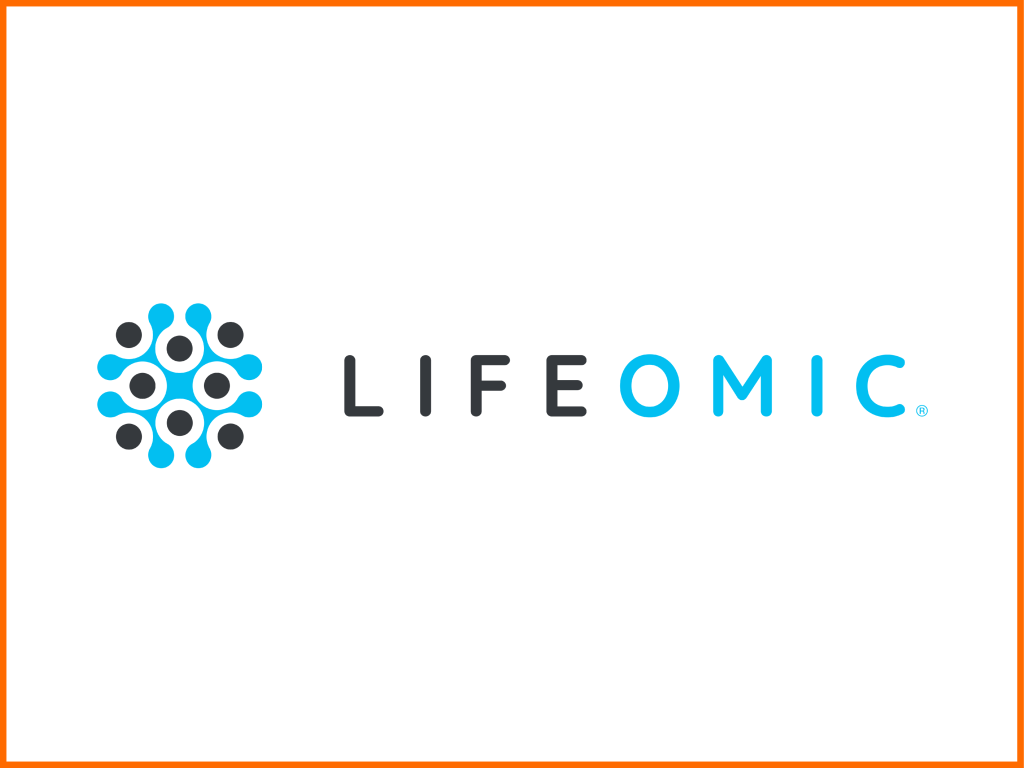This will be an interactive showcase of 20+ innovative Indiana-based life sciences companies for investors, start-ups, entrepreneurs, academic institutions, and support organizations. This high-energy event will involve networking and discussions about exciting science and healthcare-oriented business opportunities. Preview the presenting companies below!
Poster #1 - Scioto Biosciences
Poster Title – Results of a phase Ib study of SB-121, an investigational probiotic formulation, a randomized controlled trial in participants with autism spectrum disorder
Abstract – Autism Spectrum Disorder (ASD) is a neurodevelopmental disorder characterized by core impairments in social communication as well as restricted, repetitive patterns of behavior and/or interests. Individuals with ASD, which includes about 2% of the US population, have challenges with activities of daily living and suffer from comorbid medical and mental health concerns. There are no drugs indicated for the core impairments of ASD. As such, there is a significant need for the development of new medication strategies for individuals with ASD. This first-in-human placebo-controlled, double-blind, crossover study investigated the safety (primary objective) and efficacy of oral SB-121, a combination of L. reuteri, Sephadex® (dextran microparticles), and maltose administered once daily for 28 days in 15 autistic participants. SB-121 was safe and well tolerated. SB-121-associated directional improvements in adaptive behavior measured by Vineland-3 and social preference as measured with eye tracking were noted. These results provide support for further clinical evaluation of SB-121 as a treatment in autistic patients. Objective: To evaluate the safety and tolerability of multiple doses of SB-121 in subjects with autism spectrum disorder. Description: Single-center, randomized, placebo-controlled, double-blind, crossover trial. 15 patients with autism spectrum disorder were randomized and analyzed. Daily dosing of SB-121 or placebo for 28 days, followed by approximately a 14 day washout, then 28 days of dosing with other treatment. Outcomes: Incidence and severity of adverse events, presence of Limosilactobacillus reuteri and Sephadex® in stool, and incidence of bacteremia with positive L. reuteri identification. Additional outcomes include changes from baseline on cognitive and behavior tests as well as biomarker levels. Adverse event rates were similar between SB-121 and placebo, with most reported as mild. There were no severe or serious adverse events. No participants had features of suspected bacteremia or notable changes in vital signs, safety laboratory, or ECG parameters from baseline. There was a statistically significant increase from baseline in the Vineland-3 Adaptive Behavior Composite score (p = 0.03) during SB-121 treatment. There was a trend for increased social/ geometric viewing ratio following SB-121 treatment compared to placebo. SB-121 was safe and well tolerated. SB-121-associated directional improvements in adaptive behavior measured by Vineland-3 and social preference as measured with eye tracking were noted.
Poster #2 - Insignum AgTech
Poster Title – Insignum AgTech: Enabling plants to talk with color
Abstract – Insignum AgTech enables plants to use their pigments to talk. A plant’s existing gene is copied and inserted at a different genomic location to create a new ability. This new gene will be cross-bred into many varieties of the crop. Farmers will know in real time when issues arise to intervene sustainably, precisely, and proactively to increase crop production. In field trials over two years, Insignum AgTech’s prototype corn plants revealed all fungal diseases before they could be seen by eye. Through a collaboration with Beck’s Hybrids, field testing with elite corn varieties is underway in 2023.
Poster #3 - BiomEdit
Poster Title – BiomEdit: A multi-disciplinary scientific platform for microbiome discovery
Abstract – With a growing global population, there is an urgent need to improve the health and productivity of animals that provide high quality protein in the form of meat, milk, and eggs. At the same time, pet ownership is expanding, thus increasing the need for novel preventatives and therapeutics for companion animals. BiomEdit is addressing both of these issues by using a unique multi-disciplinary discovery platform to generate new insights about the microbiome across animal species. We focus on identifying microbial functions that can contribute to host health and then translating these functions into commercially relevant products. Although many of our products take the form of microbes or microbial proteins that are native to their host environment, we also use synthetic biology to create new solutions for some of the most pressing challenges in animal health and production. Herein we provide an illustration of how our discovery platform has led to the generation of a vectored nanobody immunoprophylactic that protects animals against a common bacterial disease in poultry.
Poster #4 - Kovina Therapeutics
Poster Title – First-in-class antiviral drugs to treat human papillomavirus infections and cancers
Abstract – Kovina’s research has identified novel small molecule antiviral compounds that bind to and inactivate a key human papillomavirus (HPV) protein. HPV E6 is one of two proteins essential for viral replication and is always expressed in HPV associated cancers. HPV-16 infections and cancers represent the majority of HPV associated pathologies including cervical, anogenital, and oropharyngeal (head and neck) cancers. Kovina’s compounds inactivate HPV E6 which causes death of HPV infected cells.
Poster #5 - Door Pharmaceuticals
Poster Title – Discovery of Small Molecules that Disrupt HBV DNA Transcription
Abstract – HBV is a global pandemic. 2B people have been infected, 290M people have chronic HBV, and almost 1M people die of chronic HBV each year. The barrier to an HBV cure arises because HBV does not elicit an innate immune response and because viral DNA is persistent even after ≥5 years of virus suppressive treatment. In an infected cell, HBV DNA is in the nucleus and nucleosome-decorated like chromosomal DNA, except that it is specifically bound by the dimeric HBV core protein (HBc). Though best known as structural component of the HBV virus particle, HBc dimers also binds nuclear viral DNA where it recruits nucleosomes and repair proteins during infection. HBc also modulates expression of some interferon stimulated genes. These non-structural functions are the object of Door Pharmaceuticals’ research. We hypothesize that dimer binding small molecules will act as allosteric modulators of gene expression. We have screened >600,000 small molecules for dimer binders. We identified over 100 molecules from our biochemical screen that subsequently showed antiviral activity in HepG2.2.15 cells. These have been parsed into several chemical families. Biochemical properties were confirmed and tests expanded to include BLI. As anticipated we see a broad range of biological behaviors – both antagonists and agonists of virus expression. Molecules like DP04-0167 suppress expression of virus, and viral biomarkers, HBe (a variant of the capsid protein) and HBs (the virus surface protein). These biomarkers are indicators of virus gene expression in infected cells. Our strongest antagonist suppresses HBs with a 220nM EC50. Our strongest agonist increases HBs to 4600% of control with an EC50 of 70nM. Antagonists of virus gene expression will be developed as antivirals. Agonists are a further proof of concept that HBc-directed small molecules can disrupt expression of HBV genes. These results mark a new and distinct HBV antiviral mechanism that have the potential to suppress HBV gene expression and lead to a functional cure.
Poster #6 - Akanocure Pharmaceuticals
Poster Title – Novel Immunotherapeutic Agent for Oncology and Infectious Diseases Applications
Abstract – A dysregulated immune response is at the heart of many disease states including cancer, infectious diseases and immunological disorders. In cancer, a dysregulated immune response allows the cancer to proliferate, metastasize, resist treatment, and evade detection and clearance by the immune system. In viral infections (influenza a (IAV) and coronaviruses), a dysregulated immune response leads to organ damage, lung fibrosis, and fatal outcomes. Akanocure designed and tested AK-423 as an immunomodulatory agent to fix the dysregulated immune response associated with solid tumors. AK-423 also has a direct anticancer effect by stopping cancer proliferation and metastasis. AK-423 as an immunomodulatory agent fixes the dysregulated immune response associated with some viral infections (COVID-19, Influenza A, Ebola), consequently preventing organ damage, autoimmunity, lung fibrosis, and sepsis. AK-423 is also an effective antiviral (inhibits viral replication in a host-directed, broad-spectrum, virus/strain agnostic manner) that can be used for prophylaxis to prevent infection before or right after exposure, or for treatment of early or late-stage cases. AK-423 is currently in the lead optimization stage for inhalation administration.
Poster #7 - Amplified Sciences
Poster Title – Discrimination of Mucinous Pancreatic Cysts Using an Enzymatic Turnover Assay to Improve Clinical Diagnostic Accuracy
Abstract – Pancreatic cancer is still one of the deadliest cancers with 74 out of 100 patients dying within one year of diagnosis, and a combined 5-year survival rate of less than 10%after diagnosis. There is a tremendous unmet clinical need for earlier detection of pancreatic cancer, and pancreatic cystic lesions present an opportunity for such diagnostic improvement. Current clinical guidelines separate pancreatic cysts into two phenotypes: non-mucinous and mucinous. Non-mucinous cysts are typically benign and low risk for patients, whereas mucinous cysts have significant potential to be malignant and may require surgical intervention. To avoid risks and complications associated with unnecessary surgery, researchers have sought to find biomarkers in pancreatic cyst fluid that can accurately distinguish mucinous from non-mucinous cysts. To that end, a group at UCSF discovered that the digestive enzyme gastricsin can be detected in mucinous cysts and can accurately discriminate mucinous and non-mucinous cysts in clinical samples. At Amplified Sciences, we have created a gastricsin activity assay that can accurately quantify the concentration of activatable gastricsin in a sample to better stratify mucinous and non-mucinous cysts than current techniques. PanCyst Pro will enable clinicians to accurately release patients from further invasive procedures, and next-gen assay technology seeks to further stratify those mucinous cysts with severe risk of malignancy.
Poster #8 - Grannus Therapeutics
Presenter(s):
Dr. Sanket Mishra, VP Pre-Clinical Development and John Foglesong, CEO
Poster Title – Hsp90𝛽-selective Inhibitors Overcome the Challenges/Limitations of previous Hsp90 inhibitors
Abstract – Grannus Therapeutics is a pre-clinical company focused on developing and commercializing small molecule inhibitors that selectively target individual isoforms of the Hsp90 family of chaperone proteins. By selectively targeting Hsp90𝛽, Grannus has overcome the safety limitations of previous failed non-isoform selective (pan) inhibitors while delivering strong efficacy results that address current unmet medical need.
Poster #9 - Toralgen
Poster Title – Oral Approaches to Enable Effective Antigen Specific Immune Tolerance Treatments
Abstract – Standard treatments for autoimmune and autoinflammatory disorders rely mainly on immunosuppression. Toralgen is developing nanoparticles from polymerized bile acids to not only deliver biologics but also as a antigen-specific approach to induce immune tolerance.
Poster #10 - Novilytic
Poster Title – At Line Nanoparticle Based Structural Analysis
Abstract – Novilytic has created a new and very disruptive nanotechnology to replace the 50-year-old analytical methods used in Big Pharma today. This multi-patented product is called the Proteometer, and is a “plug and play” kit, allowing fast and easy adoption. Its value is found in the near real time results versus the 8+ hour results from current methods. This poster will present the new technology and technical data from customer publications indicative of its early popularity.
Poster #11 - DENCODA
Poster Title – DNA-based disease biomarkers detection
Abstract – Dencoda is developing DNA sequence-based protein activity detection assay for clinical samples. Our innovation offers significant improvements compared to current kinase assays: 1) high sensitivity—106-fold more sensitive than conventional luminescence or fluorescence-based assays; 2) low sample volume, requiring 10X less sample than current assays; 3) multiplexing capability, using well-established, oligo-based barcoding approaches in combination with quantitative PCR or next-generation DNA sequencing (NGS); and 4) cost-effectiveness—due to the low cost of DNA synthesis and wide availability of distinct DNAs, Dencoda’s assay will be 10- to 100-fold cheaper than current assays.
Poster #12 - HB Therapeutics
Poster Title – Small Molecule Degraders of Oncogenic Proteins as First-in-Class Anticancer Drugs
Abstract – Founded by Drs. Hao and Bellail, HB Therapeutics, Inc. is a start-up biotech specialized in discovery and development of small-molecule degraders of targeted oncogenic and aging proteins as the first-in-class anticancer and antiaging drugs.
Poster #13 - BioReact
Poster Title – ‘BioReact’ Cell Culture Optimization Software Program : Leveraging Machine Learning for Enhanced Results
Abstract – Cell culture optimization is essential in research and biotechnology as it enables controlled growth and manipulation of cells, facilitating the study of cellular processes, drug discovery, biopharmaceutical production, tissue engineering, disease modeling, and personalized medicine. By optimizing cell culture conditions, researchers can improve productivity, reproducibility, and quality, leading to more accurate experimental results and efficient production of therapeutic agents.
Poster #14 - Karyosoft
Poster Title – Bridging the Gap between Variant Genotyping and Scientists for Accelerated Innovations in Agriculture and Life Sciences
Abstract – In simple terms, molecular genetics is the correlation of genotype and phenotype to discover the agronomically important genomic regions. With the direct integration of Next Genera2on Sequencing (NGS) technologies into in-house workflow, genotyping has improved dramatically in terms of the number of genome wide variants such as single nucleotide polymorphic (SNP) and Indel markers and thus the amount of genomic information. However, the current variant calling method is time consuming, labor intensive, requirement of computational skills, no suitable mechanism for managing millions and millions of SNPs and Indels in-house and more that delay innova2on. At Karyosoft, we developed a cloud-based user-friendly platform Variants to circumvent these issues. Using this platform, we have reduced the variant calling time from 48 hours per sample with 30x data coverage to less than 4 hours. By incorporating parallel processing, we have reduced the time for multiple samples throughput further. Our Variants platform is 7 – 12 times faster, can reduce the cost by 12x – 7x and can save up to 168 days for 96 samples. Additionally, we have developed a cloud based highly scalable user-friendly Variant Mining Studio to manage and mine millions and millions of SNPs and Indels in seconds. Our platforms have a vast use in mutation discovery, direct genotyping, custom chip designing and amplicon sequencing. Above all, our user-friendly platform makes variant genotyping easy for scientists with any level of computational skills and empowers them to drive the innovations faster.
Poster #15 - IHIF
Poster Title – Indiana Health Industry Forum – A Partner for Growth
Abstract – Established in 1994, the Indiana Health Industry Forum (IHIF) is a statewide trade association representing Indiana’s life sciences business community – manufacturers and service providers to the bio/pharma, medical device, and health IT sectors. It is our mission to secure Indiana’s position as a global leader in life sciences by advocating, connecting, promoting, and delivering tangible benefits on behalf of our diverse corporate members. IHIF plays an important role in the life sciences ecosystem. Part of a network of similar organizations across the country and around the world, we all work to bring life-saving innovation to patients in need. Our vision is to be a recognized leader of Indiana’s corporate life sciences community. We hope that we can facilitate and enhance your efforts and that along with our members and strategic partners, we can all contribute to the growth of Indiana’s robust life sciences sector.
Poster #16 - Indiana Biosciences Research Institute (IBRI)
Poster Title – Quantum Leap Award
Abstract – In partnership with Roche Diagnostics, IBRI is pleased to announce the first Quantum Leap Award competition. The winner of the award will receive up to two wet lab biology benches rent free for one calendar year, use of desks in co-working space with conference room access, and participation in the IBRI AXIS Mentoring Program, as well as a cash prize of $50k to support research. For more info: https://www.indianabiosciences.org/quantum-leap-award
Poster #17 - Output Medical
Poster Title – Output Medical – the new standard
Abstract – Manual methods of measuring urine output create a time burden for nurses. Per 8-hour shift, manually measuring urine output takes upwards of 7% of a nurse’s time. This time burden translates into a financially significant cost burden for hospitals. On average, manual measurements result in $1,742 in daily cost burdens. For an average ICU of 15 beds, automating urine output leads to a potential cost savings of $3.3M annually. And that number increases as we increase the number of ICU beds. Inefficient nursing tasks lead to greater cost burdens because the work is done inefficiently. Ineffective labor leads to unnecessary costs. We measure urine output through an opening and closing mechanism. The valve releases every 1.8mL, allowing the urine to pass through once enough has been collected. The number of opening and closing events translates into the amount of urine produced over a given interval, whether that’s 10 minutes, a half hour, or an hour. Our unique measurement technology can measure urine output at high accuracies, even at very low urine output rates. Our internal studies netted an accuracy of 97% or greater overall physiologic rates of urine output.
Poster #18 - Wicked Technologies
Poster Title – The Wicked Smart Pad
Abstract – Wicked Technologies specializes in bedding and sleep products that both detect and mitigate issues associated with excess moisture. We are presenting our newest product, the Wicked Smart Pad, at the poster session. The Wicked Smart Pad is the first of its kind, a washable, sensorized pad that wirelessly transmits spill data/events to caregivers. We will describe its many features and benefits within the healthcare industry, particularly as it relates to aging adults with incontinence.
Poster #19 - Vital View Technologies
Poster Title – Leveraging Powerful Discovery in RF Polarization Mode Dispersion to Create An Early Detection Fluid Overload Management System
Abstract – The largest chronic disease healthcare burden in the United States is heart disease, specifically Congestive Heart Failure (CHF) with a patient population of 7 million which creates an annual hospitalization burden of 1M patients and $44M in care costs. 90% of hospital readmissions from CHF are triggered by a fluid overload event resulting from fluid build-up in the patient’s lungs. Polarization Mode Dispersion (PMD) when applied to RF sensors, has the capability to accurately measure material changes and characteristics based on polarization states of RF signals. Leveraging Radio Frequency (RF) PMD, Vital View Technologies has developed a contactless sensor platform that measures vital signs and total body fluid change. This data is provided directly to care teams enabling early intervention(s) to reduce re-hospitalizations and improved patient outcomes.
Poster #20 - Neurava
Poster Title – A novel, multi-modal, wearable seizure and cardiorespiratory monitoring platform for epilepsy patients at risk of Sudden, Unexpected Death in Epilepsy (SUDEP)
Abstract – Sudden unexpected death in epilepsy (SUDEP) is a fatal complication of epilepsy that kills approximately 4,000 Americans every year. Existing clinical data suggests that SUDEP is a cardiorespiratory collapse that occurs directly after a seizure. Following the findings of the landmark MORTEMUS study, recent SUDEP research has zeroed in on several respiratory responses and circuits that malfunction during and after seizures, ultimately leading to death. While SUDEP is likely to occur through multiple mechanisms, research suggests that there are concrete, measurable physiological changes in individuals with epilepsy in the weeks and months leading up to a SUDEP event. Consistent with this, both focal and generalized seizures are often associated with apnea, oxygen desaturation and cardiac dysfunction. Despite increasing awareness that individuals with refractory epilepsy represent a high SUDEP risk category, it remains difficult to identify those most at risk for SUDEP. Wearables that can identify and alert for seizures and associated cardiorespiratory dysfunctions can be a powerful tool enabling physicians to stratify SUDEP risk in people with epilepsy. There is currently no device on the market that accomplishes this important task. To fill this critical unmet need, Neurava Inc. is building on over a decade of research and developing multi-modal wearables on the arm and neck for detecting seizure activity and cardiorespiratory dysfunctions. We have completed development of our entire wearable platform and have so far validated our seizure detection arm wearable on 30 adult people with epilepsy, admitted to two of our partnering clinical sites. We captured 100% of all convulsive seizures within 30 seconds, including a near-SUDEP seizure illustrating our value proposition. We captured over 1300 hours of continuous data and received good usability scores with all patients indicating that the arm wearable was comfortable, stable, secure, did not interfere with normal activities like sleeping, and that they would wear the device to sleep and would recommend it to others.
Poster #21 - Neurodon
Poster Title – Targeting ER Stress for Diabetes and Neurodegeneration
Abstract – Endoplasmic reticulum (ER) stress is involved in a wide range of pathologies including many unmet or difficult to treat diseases. A properly functioning ER is important for protein processing, and when the ER cannot fold, assemble, and modify proteins efficiently, ER stress ensues. If this stress is excessive or prolonged, apoptotic pathways are eventually activated leading to cell death. A surprising number of major diseases are intimately linked to ER stress, including diabetes, stroke, neurodegeneration, and rare diseases. By leveraging our extensive expertise in small molecules and models of disease, we have discovered that a major cause of the ER stress in disease is due to disrupted calcium homeostasis in the cell. By developing modulators of key calcium handling proteins, we have been able to develop drug candidates that inhibit ER stress and target the cell loss that is at the root cause of diverse diseases such as neurodegeneration and diabetes. Herein we present key data that supports targeting ER stress as a viable strategy to develop disease-modifying therapeutics and provide new options for patients.
Poster #22 - Monument Biosciences
Poster Title – Advancing the next generation of disease modifying drugs for Alzheimer’s Disease and Related Dementias
Abstract – We are launching Monument Biosciences to bring forward the next generation of disease modifying drugs for Alzheimer’s Disease and Related Dementias (ADRD). The company is being launched from leading National Institute on Aging (NIA) & National Institute of Health (NIH) ADRD initiatives for next generation AD research (TREAT-AD & MODEL-AD). These programs have been awarded >$100M to date and are setting the standard for next generation novel disease models and drug discovery for ADRD. Our discovery programs are anchored in human patient genetics, recent discoveries around tau homeostasis and tau seeding, and the role of microglia in neuroinflammation. Our approach relies on translational biomarkers to treat the right patients and follow their disease progress in response to therapy – informing clinical strategy, safety, and patient benefit. Based in Indianapolis, Indiana, the team is comprised of leading neuro focused scientists, clinicians, and entrepreneurs from Eli Lilly, Stark Neuroscience Research Institute, and Luson Bioventures with a proven track record in venture creation & drug development.
Poster #23 - Adipo Therapeutics
Poster Title – Increasing Brown Fat Improves Metabolism and Energy Balance in Rodent Models
Abstract – Obesity is a chronic disease involving an excessive amount of adipose tissue that increases the body weight and induces deleterious consequences for metabolic health (Pilitsi et al., 2018). Two types of adipose tissue exist in mammals, which are white adipose tissue (WAT) and brown adipose tissue (BAT). WAT principally functions in the energy storage through lipid accumulation, whereas BAT breaks down lipids to generate heat via non-shivering thermogenesis (Rosen and Spiegelman, 2006). The conversion of WAT to BAT, browning, is considered a potential strategy to modulate energy balance and improve metabolic health (Kajimura and Saito, 2014) (Lidell et al., 2013). Therapeutic perspectives can be expected from the use of pharmacotherapeutic agents that induce adipose browning, such as stimulation of BAT-specific UCP1 and enhancement of oxidative metabolism in WAT. UCP1 has long been considered a key factor in regulation of non-shivering thermogenesis and body adiposity, but one potential risk of UCP1 overexpression in WAT is excessive heat production, which may result in hyperthermia (Zheng et al., 2017) (Ost et al., 2017). Adipo is developing Notch-inhibiting nanoparticles that induce the localized browning of WAT. In animal models, weekly injections of the Adipo treatment have demonstrated weight localized fat browning, which resulted in metabolic improvements include weight loss and improved glycemic control, with no change in calorie intake. The local injections had limited biodistribution, limiting off-target impact.
Poster #24 - RALLY
Poster Title – The Largest Global Cross-Sector Innovation Conference
Abstract – Rally forges and celebrates cross-sector connections between companies, entrepreneurs, investors and universities from across the globe and features a $5M IN-Prize pitch competition, 1:1 investor meetups, a demo arena, keynotes, content sessions and more!
Poster #25 - Primary Record
Poster Title – Simplifying health information for families.
Abstract – Families facing a life-changing diagnosis must collect, organize, and prepare to share health information and decisions with a growing care team. Today, these families create medical binders from scratch to be ready when health data does not follow them through the healthcare system. Primary Record has identified key trends, organizations, and populations within the community to target a family-centered mobile health solution. By taking the best features of the medical binder, patient portals, and caregiving apps to test with highly engaged families, Primary Record is positioning its solution to simplify health information for all families.
Poster #26 - LifeOmic
Presenter(s):
Steve Bray, PHD, Vice President of Translational Science, Lisa Huse, Chief Commercial Officer, Melissa Webb, Director of Product
Poster Title – Creating the Foundation for Improved Healthcare Outcomes and Efficiency
Abstract – Healthcare is confronted with the challenge of managing vast amounts of disconnected data, hindering the realization of precision health. Electronic health records (EHRs) serve as the primary common platform for care teams, but their design did not prioritize care coordination. The current state of fragmented information necessitates the harmonization and consolidation of data to enhance healthcare outcomes. This poster presents a series of case studies to illustrate how the LifeOmic Platform addresses these issues by supporting various aspects of healthcare, including clinical decision-making, translational research, medical device connectivity, and patient engagement.
Special thanks to our event sponsors:

